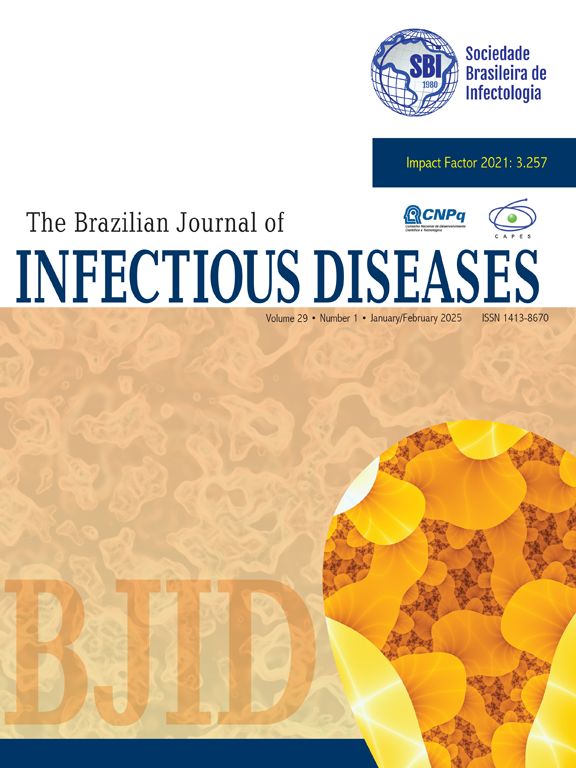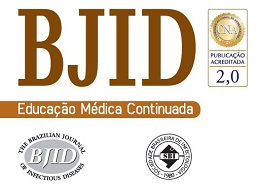Several presentations of neurologic complications caused by JC virus (JCV) in human immunodeficiency virus (HIV)-infected patients have been described and need to be distinguished from the “classic” form of progressive multifocal leukoencephalopathy (PML). The objectives of this study were: 1) to describe the spectrum and frequency of presentations of JCV-associated central nervous system (CNS) diseases; 2) identify factors associated with in-hospital mortality of patients with JCV-associated CNS disease; and 3) to estimate the overall mortality of this population.
Material and methodsThis was a retrospective study of HIV-infected patients admitted consecutively for JCV-associated CNS diseases in a referral teaching center in Sao Paulo, Brazil, from 2002 to 2007. All patients with laboratory confirmed JCV-associated CNS diseases were included using the following criteria: compatible clinical and radiological features associated with the presence of JCV DNA in the cerebrospinal fluid. JCV-associated CNS diseases were classified as follows: 1) classic PML; 2) inflammatory PML; and 3) JC virus granule cell neuronopathy (GCN).
ResultsWe included 47 cases. JCV-associated CNS diseases were classified as follows: 1) classic PML: 42 (89%); 2) inflammatory PML: three (6%); and 3) JC virus GCN: four (9%). Nosocomial pneumonia (p=0.003), previous diagnosis of HIV infection (p=0.03), and imaging showing cerebellar and/or brainstem involvement (p=0.02) were associated with in-hospital mortality. Overall mortality during hospitalization was 34%.
ConclusionsNovel presentations of JCV-associated CNS diseases were observed in our setting; nosocomial pneumonia, previous diagnosis of HIV infection, and cerebellar and/or brainstem involvement were associated with in-hospital mortality; and overall mortality was high.




